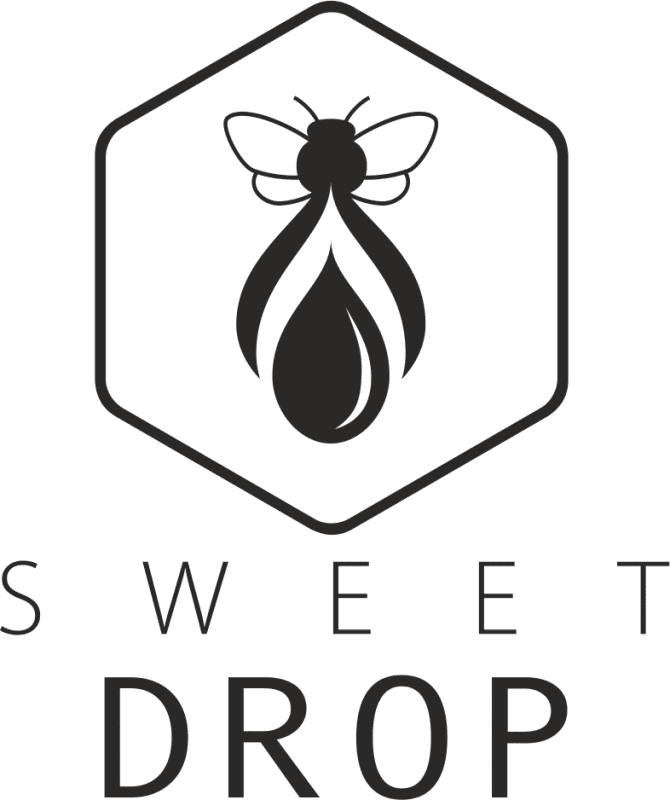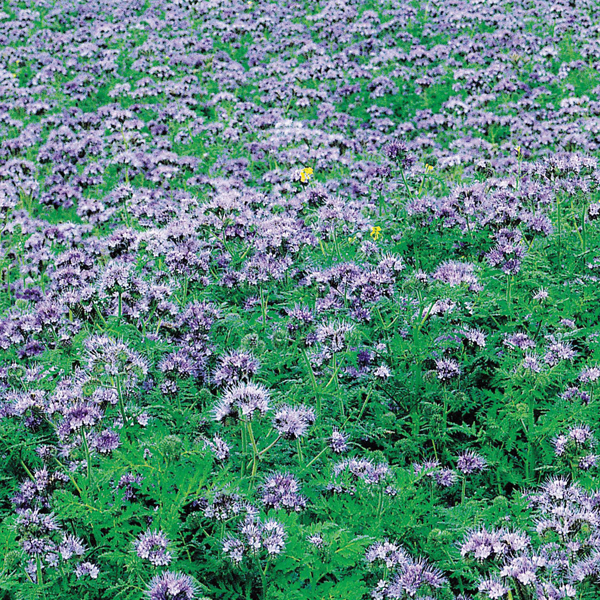Bees, Honey, Bee Pollen, Health, Work In The Apiary
Phacelia Tanacetifolia
Phacelia is a genus of about 200 kind plants. Phacelia tanacetifolia is an annual and grows to about 30 – 70 cm. tall. Phacelia tanacetifolia has several common names, such as Scorpionweed, Fiddleweed, Lacy Phacelia, and Blue Tansey.
There are other Phacelia varieties worth mentioning as well, such as Phacelia grandiflora and campanularia. They have beautiful bell-shaped flowers and are also good for bees.
How to Grow Phacelia tanacetifolia?
Sow the seeds of Phacelia tanacetifolia in full sun. It should do fine in a variety of soils. You can plant seeds outdoors as early as early spring when there is still a chance of frost. They will bloom from spring through summer. Plant seeds 2-3 cm. deep in full sun. The seeds need to be covered to germinate. Keep the soil damp until the plants are well – established. Once established the plant is drought tolerant.
In addition to being a pollinator-friendly flower, Phacelia can be grown as a cover crop, to protect and enrich the soil. Use it in your garden to attract the “good” bugs that will eat the “bad” bugs. Once planted, Phacelia is a self-seeder, but is not invasive.
The Phacelia tanacetifolia is producing from 300 to 500 kg per hectare during the flowering period.. According to J. Balžek (1970), phacelia emits 365.5 kg of nectar in Lithuanian conditions, from which bees can produce 179.1 kg of honey. Phacelia tanacetifolia honey is equivalent to linden honey. A hectare of phacelia grown for seed – a great honey production for 4-5 bee families.
The growth period of Phacelia tanacetifolia is 70-90 days. The Phacelia tanacetifolia begins to bloom in mid June. Depending on the growing conditions, there can be up to 50 inflorescences on one stem and up to 70 inflorescences in each inflorescence. The Phacelia tanacetifolia blooms for 30-50 days. During flowering, from early morning to late evening, the crop is frequently visited by bees. Honey from Phacelia tanacetifolia is almost colorless or light green, with a mild taste. Honeycombs do not crystallize, making them suitable for bee winter food.



